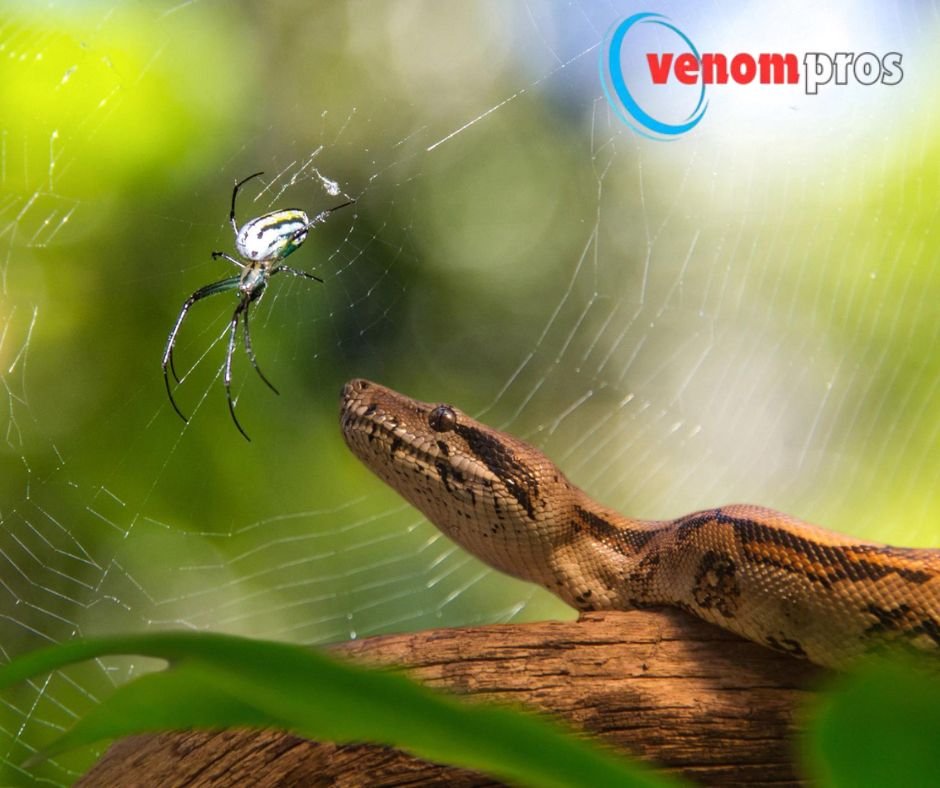
From Snakebites to Spider Venom: The Lethal Secrets of the Animal Kingdom
Among these adaptations, some of the most fascinating—and terrifying—are the venomous defenses and predatory strategies employed by various species. From the swift bite of a snake to the unseen sting of a jellyfish, venomous animals have evolved a wide array of biochemical weapons. These potent toxins, crafted over millions of years, serve multiple purposes: subduing prey, deterring predators, and sometimes even serving as defense mechanisms. In this exploration of nature’s most dangerous creatures, we delve into the lethal world of venom, examining the biological, ecological, and medical significance of some of the most venomous animals on Earth in Spider Venom.
The Evolution of Venom
Venom is a complex cocktail of proteins, enzymes, and peptides, each fine-tuned to perform specific tasks within an animal’s ecological niche. Scientists believe venom evolved as a method for hunting and self-defense, providing animals with a way to immobilize their prey or ward off predators with minimal physical confrontation.
Venomous creatures are spread across the tree of life, from reptiles and arachnids to marine invertebrates and even mammals. While the evolution of venom occurred independently in these different lineages, it serves similar biological functions. However, each species has tailored its venom to suit its environment, lifestyle, and hunting strategies. The diversity of venomous species is a testament to evolution’s creative power, but it also presents challenges, particularly when humans inadvertently encounter these creatures in Spider Venom.
Snakes: Masters of Venomous Precision
Among the most infamous venomous creatures are snakes, which rely heavily on their venom for both hunting and defense.The venom of snakes like the black mamba, king cobra, and inland taipan can be incredibly potent, capable of paralyzing and killing their prey in minutes.
Neurotoxic venom, as seen in the black mamba or cobra, attacks the nervous system, leading to paralysis and respiratory failure. Hemotoxic venom, like that of the rattlesnake or copperhead, destroys red blood cells and causes tissue damage, leading to intense pain, swelling, and potential hemorrhage. Some species, like the coastal taipan, produce venom that combines both neurotoxic and hemotoxic properties, making them particularly deadly in Spider Venom.
Venomous Precision
The exact composition of the venom can vary even within the same species, influenced by factors like diet, geography, and evolutionary pressure. Despite their fearsome reputation, snake venom is a field of study that holds immense medical promise. Many of the compounds found in venom have been isolated and studied for their potential in drug development, including treatments for heart disease, blood clotting disorders, and even certain cancers in Spider Venom.
Arachnids: Deadly Silence in the Web
The black widow spider’s venom is neurotoxic, containing a protein called latrotoxin. This toxin targets the nervous system, causing intense pain, muscle cramps, and sometimes even paralysis. While bites are rarely fatal, they can result in severe discomfort and require medical treatment.
On the other hand, the brown recluse spider’s venom contains enzymes that cause tissue necrosis, meaning it kills cells around the bite area. In severe cases, this can lead to open sores, infection, and long-term damage. Scorpions, too, are equipped with venom that varies in toxicity across species. While most scorpion stings are painful but not life-threatening, the sting of species like the deathstalker can be fatal, especially to children or individuals with pre-existing health conditions in Spider Venom.
Marine Venom: Dangers of the Deep
While land-dwelling venomous creatures get much attention, the ocean is home to some of the most toxic animals on the planet. Marine animals like jellyfish, cone snails, and stonefish have developed venoms that are both potent and efficient.
Stonefish, often camouflaged on the ocean floor, are equipped with venomous spines that can deliver a painful and sometimes lethal sting. The venom causes extreme pain, swelling, and tissue necrosis, and in rare cases, can lead to death if untreated in Spider Venom.
Venom in Medicine: From Killer to Cure
While venom is often seen as dangerous, it also holds immense potential in the field of medicine. The same compounds that make venom deadly can also be used in medical treatments. Researchers are exploring the potential of venom-derived peptides in the development of new drugs for a variety of conditions.
For example, snake venom has been studied for its anticoagulant properties, leading to the development of drugs like captopril, used to treat high blood pressure. Spider venom is being researched for its potential to treat chronic pain, while conotoxins from cone snails have been used to develop powerful analgesics for patients suffering from severe pain that doesn’t respond to traditional medications in Spider Venom.
Conclusion: Nature’s Lethal Legacy
While venom has evolved as a survival mechanism, it also has a dark side, posing significant risks to humans and animals alike. Yet, within this lethal legacy lies hope for the future of medicine. The study of venom has opened new frontiers in understanding how these potent biological compounds can be repurposed to heal rather than harm in Spider Venom.
Also read this;>The Role of Emergency Medicine Specialists in Saving Lives
Also read this;>Cricket Champions: World Series – A Celebration of the Best in Cricket






